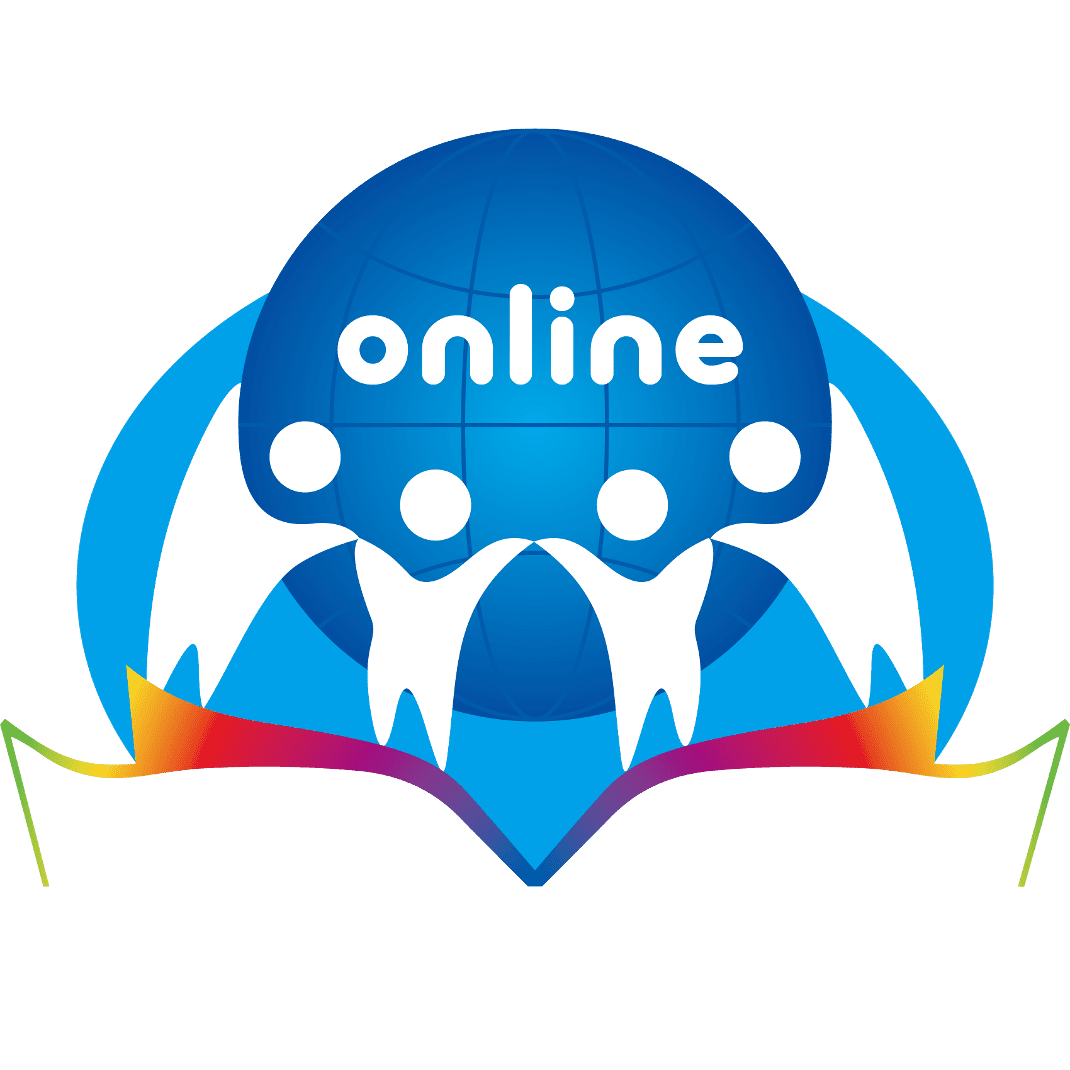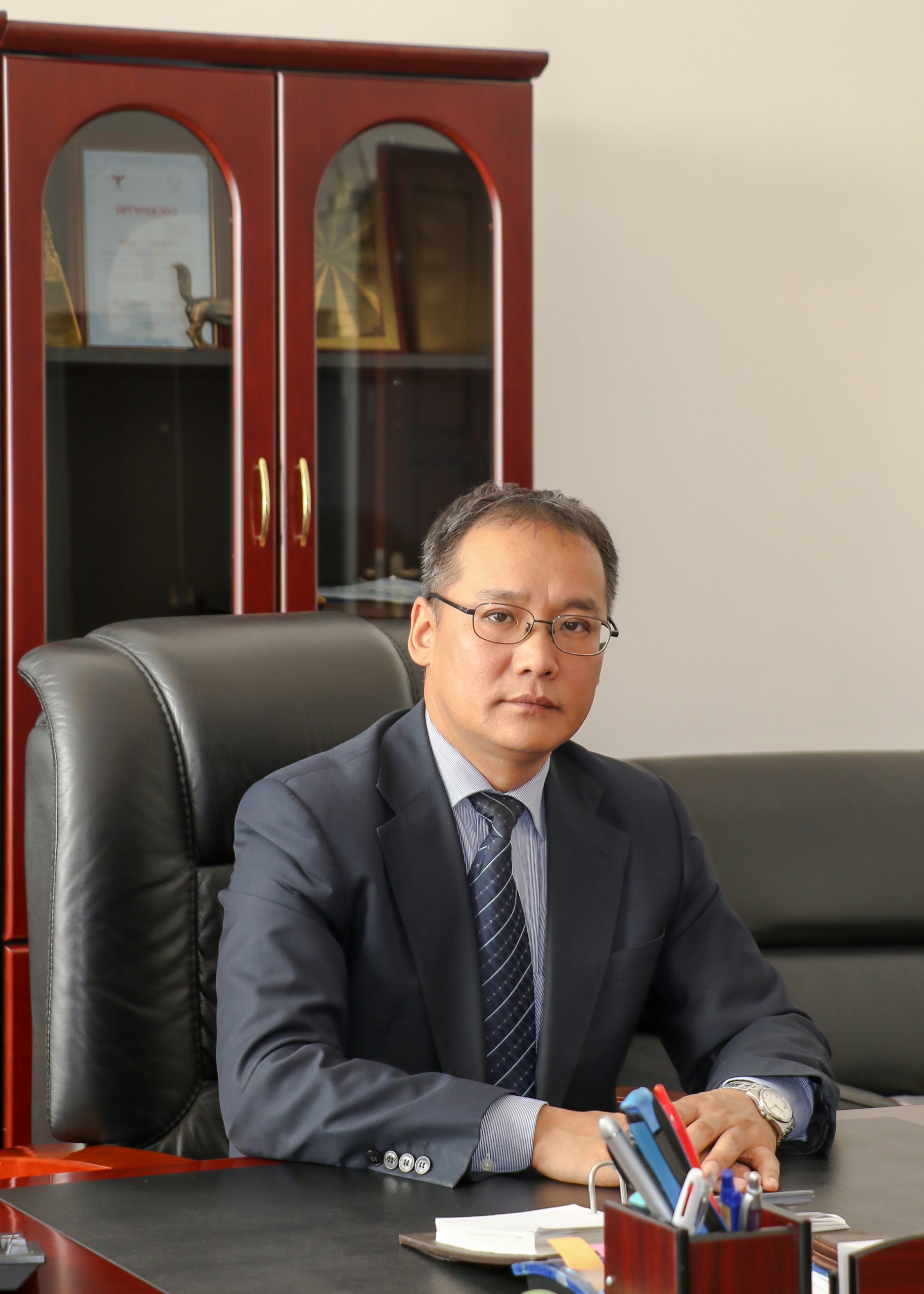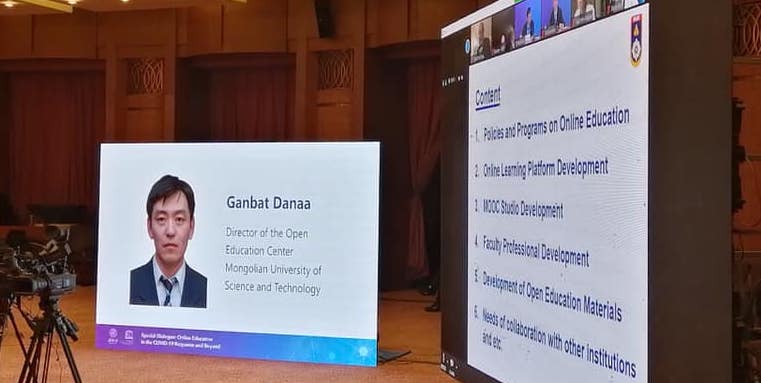
Mongolian University of Science and Technology (MUST) is located in Ulaanbaatar, Mongolia. It is locally known as Шинжлэх Ухаан Технологийн Их Сургууль. The work to provide academic education in engineering and technological professions commenced with a decree of the Ministerial Council of the Mongolian People’s Republic of 1959, and specialized courses in construction engineer and industrial engineering–economics were newly established at the National University of Mongolia, launching the development path of the MUST to this day.
Today, the MUST has grown into the biggest engineering and technological high education institution in Mongolia and a large center of science, technology, and culture, consisting of 11 schools, business, and engineering graduate-level schools, Kosen College of Technology, high school, four academic institutes, 46 training, and research centers, with 18 reams of research professors, 20 thousand students, two thousand teachers, and employees.
The university, awarded with the Order of the Red Banner of Labor, has proved itself as a ground-breaker and leader of higher education in Mongolia with its various reform and changes, such as the introduction of the academic credit system, the information system of the university administration, organization of professors’ teams, a system of online education – a starting point of becoming an open university the CDIO innovative educational framework for producing the next generation of engineer and receiving international accreditation of higher education on its institutions and programs.
Lastly, it is worth noting that MOOCs and Mongolia have a long history, specifically “The Boy Genius of Ulan Bator,” which made headlines in The New York Times in 2013.
Representatives on Board & Executive Committee
Prof. Namnan Tumurpurev holds a Mechanical Engineering Diploma (1995) and Ph.D. in Mechanical Engineering from Mongolian Technical University. He worked as Post-Doctoral Researcher at the Textile Academy in Ivanovo, Russia (2003) and Technical University of Freiburg, Germany in 2010.
Prof. Namnan’s academic career with MUST began with his position of Lecturer and Head of the Department of Technical Mechanics (2000-2009). From 2009-2013, he was Dean of the School of Mathematics at MUST. Then he worked as the Vice-President of Students Affair (2013-2015) and the Vice-President of Research and Cooperation (2016-2022) in MUST. In February 2022, Prof. Namnan was appointed as the President of MUST.
Prof. Namnan has published more than 30 textbooks and study handbooks. He has published more than 40 articles and papers in research field of Mechanical Engineering, Computational Fluid Dynamics, Fiber Materials Separation with Combined Methods, Distance and Online Education, Engineering Higher Education Policy and Management. Prof. Namnan has worked as a team leader and member for more than 20 international and domestic research and innovation projects.
Professor Ganbat is the Director of Open Education Center at the Mongolian University of Science and Technology (MUST). Open Education Center was established in 2019 to develop and implement open education, blended learning and ICT technology in education and training processes in MUST. OEC aims to develop Massive Open Online Courses (MOOC), Open Educational Resources (OER) and online platforms in education in Mongolia.
Professor Ganbat is specialized in Mechanical Engineering; he received his Master’s degree from MUST in 1999 and Ph.D. degree from Bauman Moscow State Technical University of Russia in 2008. He worked as a Post-Doctoral Researcher and Visiting Professor at Kyung Hee University of Korea from 2011-2015. Prof.Ganbat has been working in MUST for over 20 years in various positions as Senior Lecturer, Associate Professor, Professor, Head of the Chairships of “Mechanical Materials,” Head of the Department of Technical Mechanics, and the Deputy Director of the OEC.
Research Interests: Mechanics of Materials; Biomechanics; Computer-Aided Design / Computer Aided Engineering (CAD/CAE); Finite Element Analysis and Numerical Methods for Engineering; OER, MOOC, and Active Learning Development for Engineering Education.


